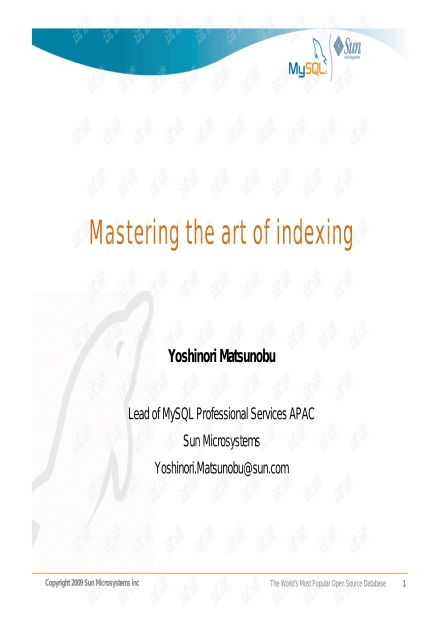In the serene world of angling, mastering the art of fishing with a net is both a skill and a passion. Whether you're a seasoned angler looking to refine your technique or a beginner eager to learn the ropes, understanding how to correctly cast and set a fish net is crucial for a successful fishing experience. This article delves into the intricacies of net fishing, offering expert tips and techniques to help you become a proficient fisherman.
Understanding the Fish Net
Before we delve into the fishing techniques, it's essential to familiarize yourself with the different types of fish nets available. The most common types include:
- Cast Net: Ideal for catching smaller fish, cast nets are thrown from a boat or the shore and are used in shallow waters.
- Trolling Net: Designed for deeper waters, a trolling net is pulled behind a boat to catch larger fish.
- Trap Net: These are set in place in a specific location and are left for an extended period to catch fish that swim into them.
Choosing the Right Net
The choice of net depends on your fishing goals, the type of fish you're targeting, and the environment you're fishing in. For beginners, a cast net is a great starting point as it's relatively easy to use and effective for catching smaller fish.

How to Properly Cast a Fish Net
- Inspect the Net: Before casting, ensure the net is clean and free from any debris that could hinder its performance.
- Positioning: Stand with your feet shoulder-width apart and hold the net with both hands, ensuring the net is open and ready to be cast.
- Arm Position: Extend your casting arm with the net, keeping it as straight as possible.
- Casting Motion: Begin with a forward motion, using your entire body to generate power. Aim for a high arc to increase the distance of the cast.
- Timing: Release the net at the peak of your forward motion to ensure it travels a greater distance.
- Reeling In: Once the net has reached its target, quickly reel it in, keeping tension on the line to prevent the fish from escaping.
Setting the Net
- Targeting: Once the net has reached the water, quickly lower it into the water in the direction of the fish.
- Covering the Area: Move the net in a circular motion to cover as much area as possible within the net's range.
- Waiting: Allow the net to settle at the bottom of the water for a few moments to give the fish time to enter the net.
- Checking the Net: After waiting, slowly bring the net to the surface to check for catches.
Safety Tips
- Always Wear a Life Jacket: Whether you're on a boat or the shore, safety should always be your top priority.
- Avoid Overcasting: Never throw the net too far as it can become difficult to control and may result in a missed catch.
- Check Local Regulations: Familiarize yourself with local fishing regulations to ensure you're following all guidelines.
Advanced Techniques
- Trolling: For larger fish, consider using a trolling net. Attach the net to a line and pull it behind a boat at a steady speed.
- Setting Traps: If you're using a trap net, place it in an area with high fish activity and leave it undisturbed for an extended period.
- Using Bait: To attract more fish, consider using bait such as fish parts or artificial lures attached to the net.
Conclusion
Mastering the art of net fishing requires patience, practice, and a keen understanding of the techniques involved. By following these expert tips and continuously refining your skills, you'll be well on your way to becoming a proficient fisherman. Remember, the key to successful net fishing lies in understanding the net, choosing the right technique, and maintaining safety at all times. Happy fishing!












